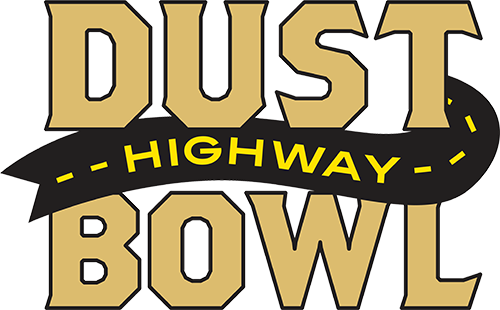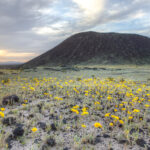By now you know that 66 is full of unusual, quirky, and eccentric attractions celebrating American kitsch – and of all the offbeat museums found along the Route, the Devil’s Rope Museum in McLean, Texas, might be the most unusual—at least at first glance.
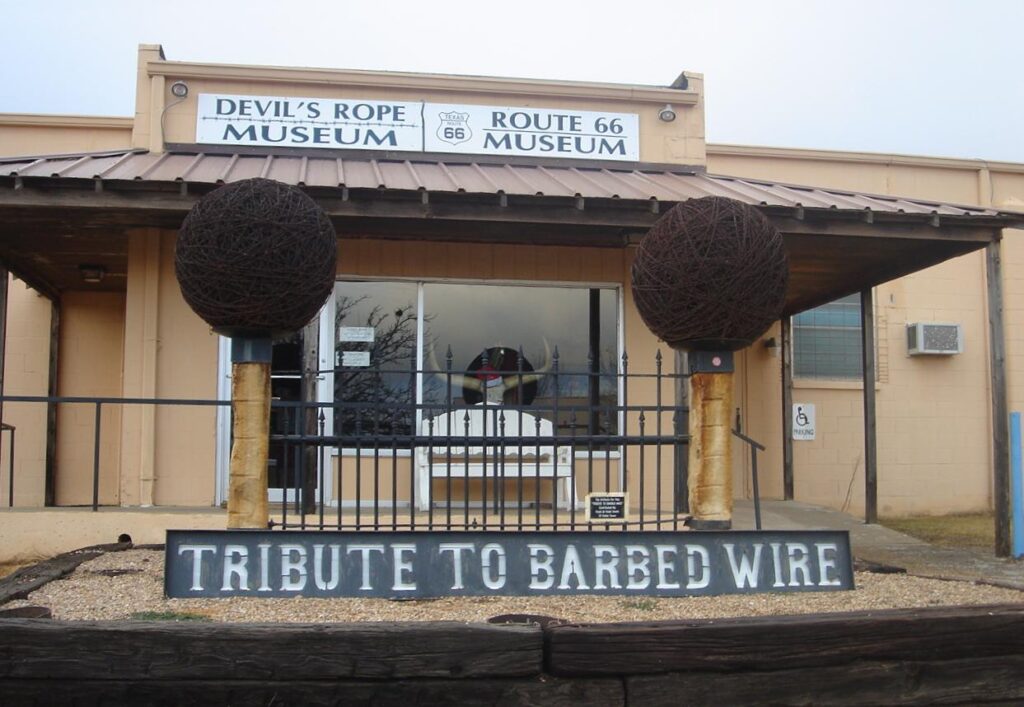
Dedicated to the history of barb, or barbed, wire (also known as “devil’s rope”), this roadside museum explores what turns out to be an incredibly important piece of America’s agricultural past.
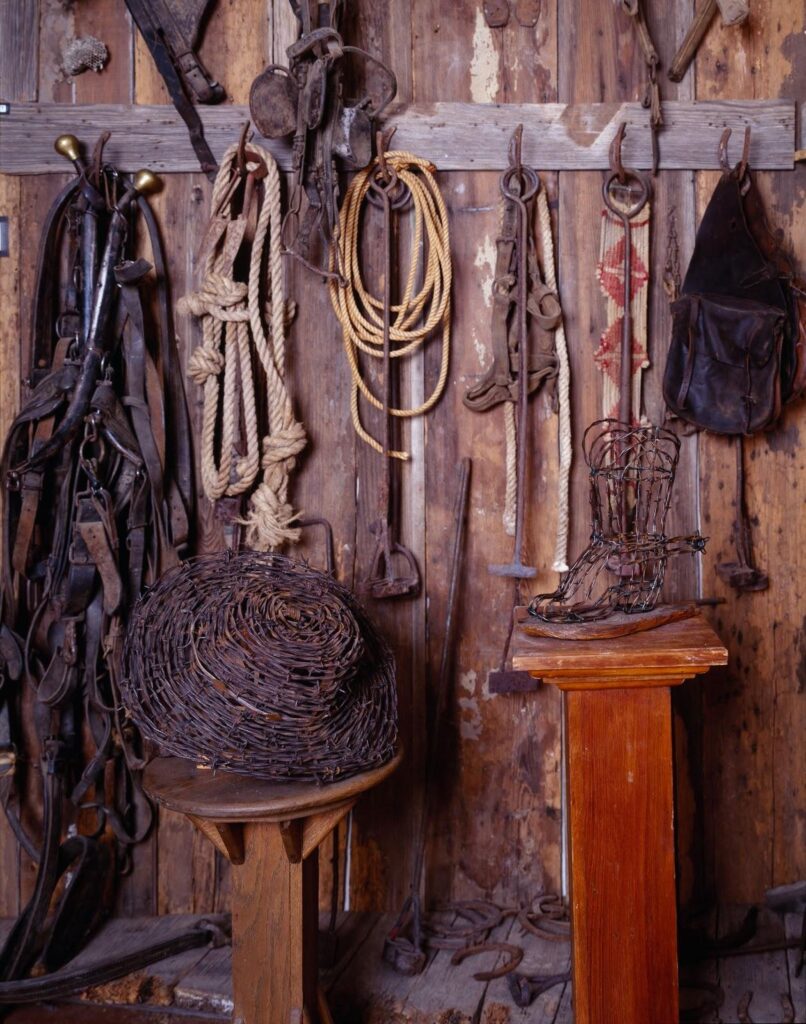
You see, barbed wire is steel fencing wire that contains sharp points, or barbs. It’s relatively inexpensive and allows farmers an affordable option to contain animals, or keep predators away from crops and livestock.
Lucien B. Smith, from Ohio, invented devil’s rope in 1867, and J.F. Glidden patented his version of the wire in 1874. The creation immediately changed the face of American agriculture. Large-scale animal husbandry finally became practical. This technological change also opened the American West to new settlers.
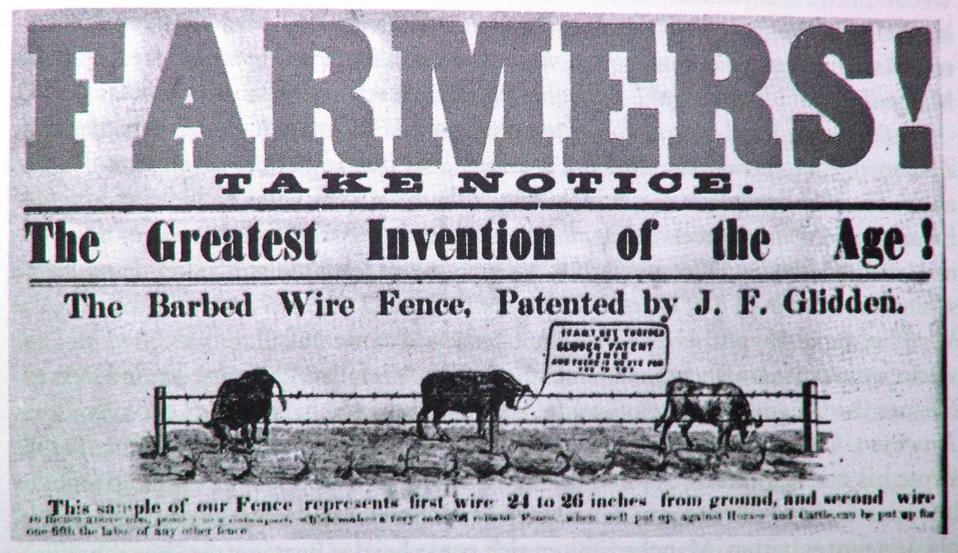
However, as with any transition, the process was not smooth. As new settlers moved West by the end of the 19th century, fights began over land claims. Established cattlemen, who had already opened up the frontier, laid down barbed wire to secure their livestock and mark their property. Newcomers saw this as the closing of the open range—land where cattle were allowed to roam regardless of land ownership.
To fight what the settlers saw as an injustice, they began cutting fences to allow their animals to graze, sparking what is known as the “fence cutting wars.”
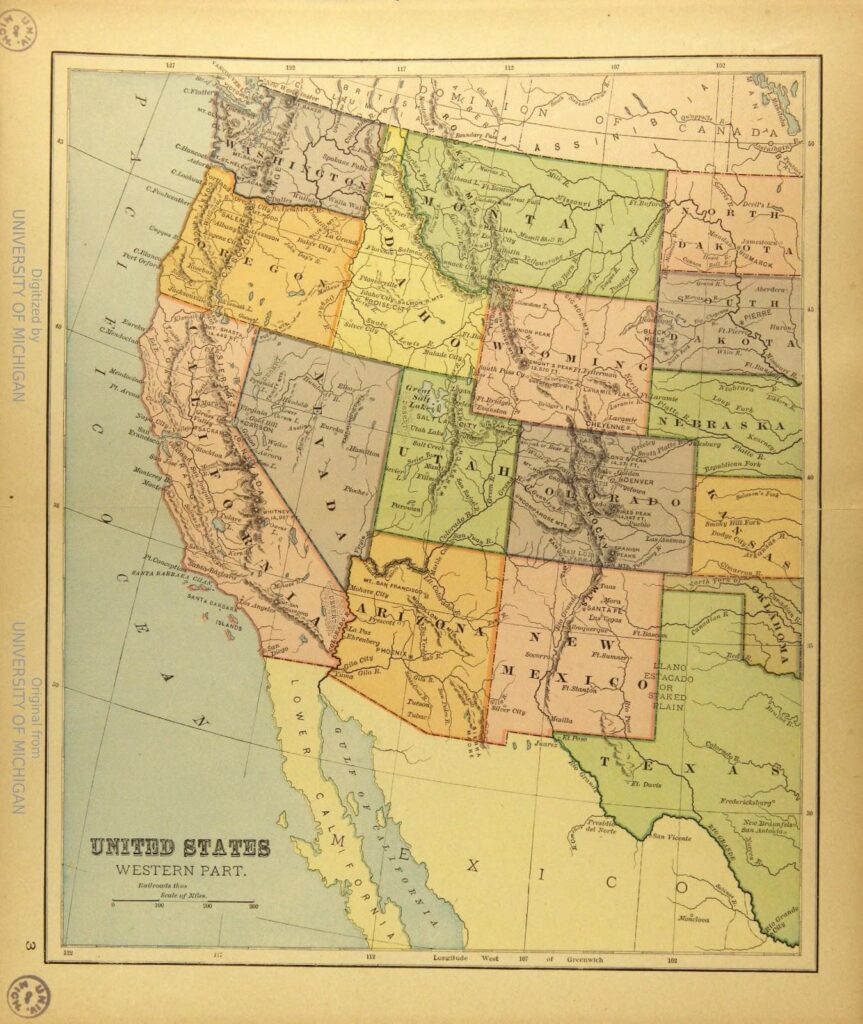
Many of the large established cattle ranchers were limiting access to grazing land and waterways when they erected their barbed wire fences. In many cases, they were also fencing beyond their personal property, claiming public land for themselves. Bands of smaller ranchers would then cut the barbed wire to allow their animals access. The situation escalated throughout the West. In Texas, the government stepped in, mandating the established ranchers remove fences around property they did not own, and demanded prison time for those caught cutting wire.
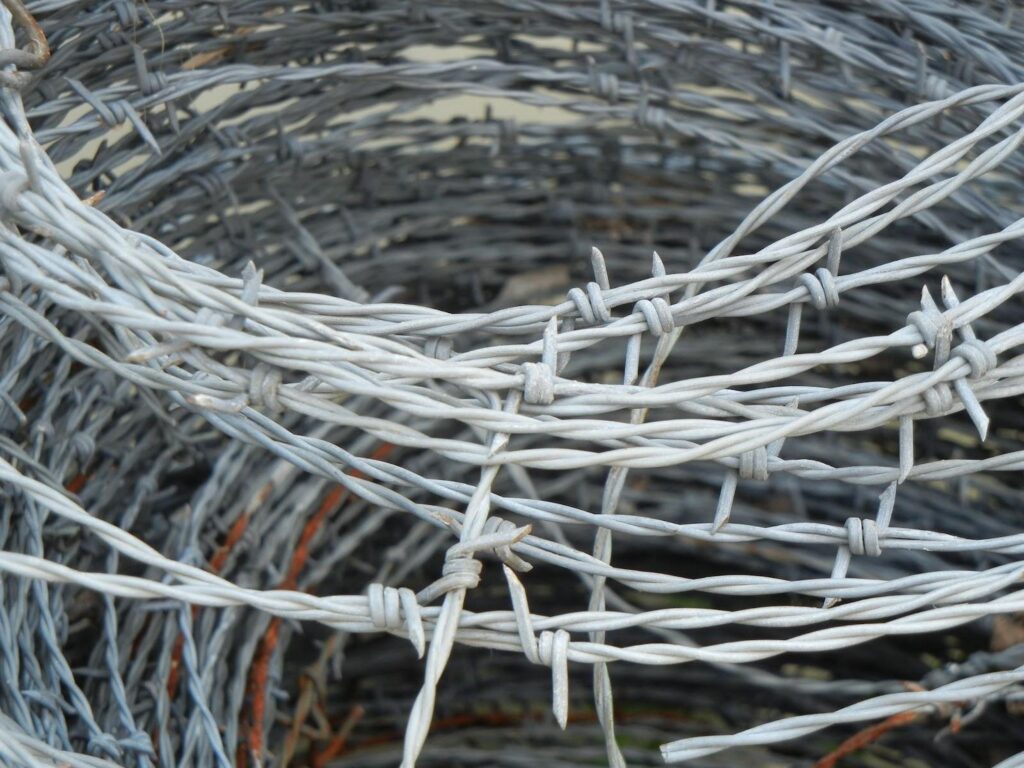
In the end, barbed wire was being used so much, the government could do little to control it. The west continued to become sectional, and large scale cattle ranchers often continued taking land that did not belong to them. In many ways this marked the end of the open West, the territory now a patchwork of farms sectioned off by wire rather than an open range.
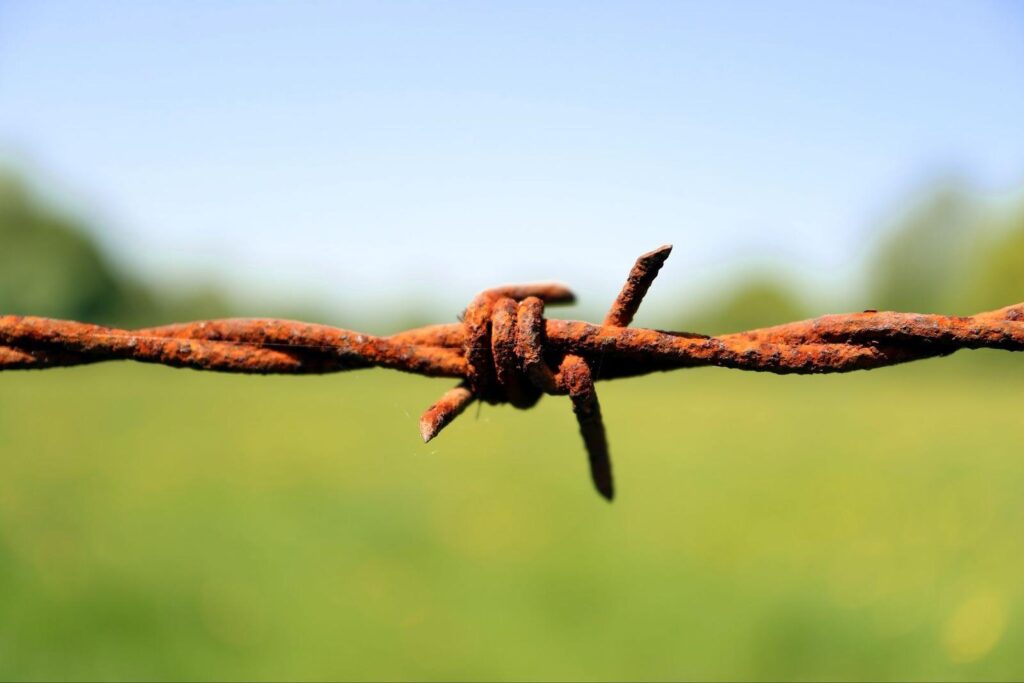
The Devil’s Rope Museum pays homage to the importance and revolutionary nature of this seemingly basic invention. Their collection includes 2,000 varieties of barbed wire. The scope of the museum goes beyond American Western agriculture, and looks at the use of barbed wire atop walls (prisons, fortifications), in wars (barbed wire was incredibly important during WWI trench warfare), and in prisoner of war camps (German occupation camps and beyond).
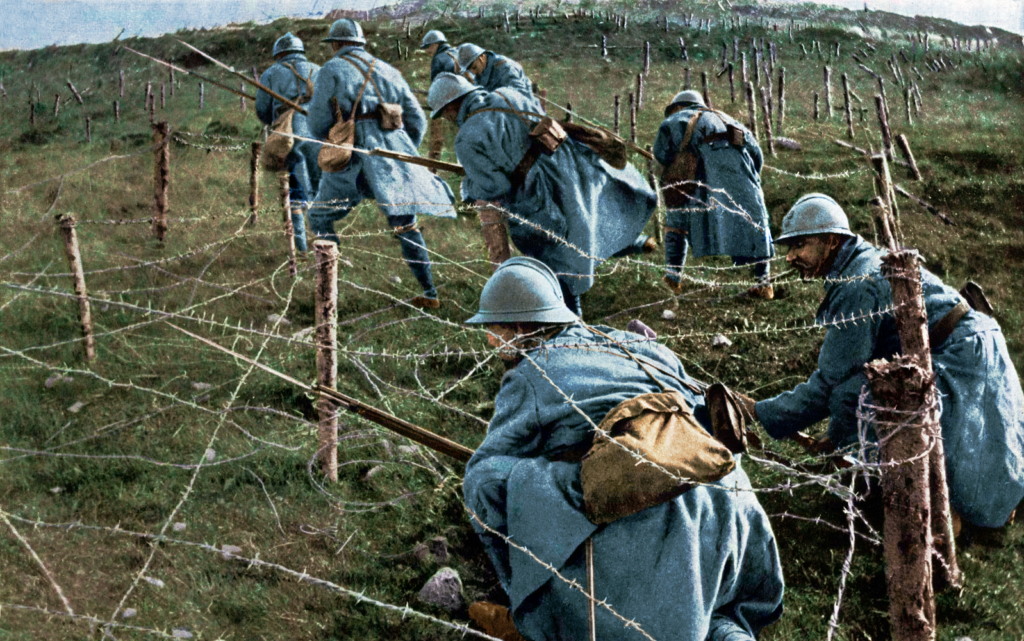
Because the Devil’s Rope Museum lies directly on Route 66, they also have a section dedicated to the history and nostalgia associated with the Dust Bowl Highway. Neons, road signs, and memorabilia can be found in celebration of the historic Route.
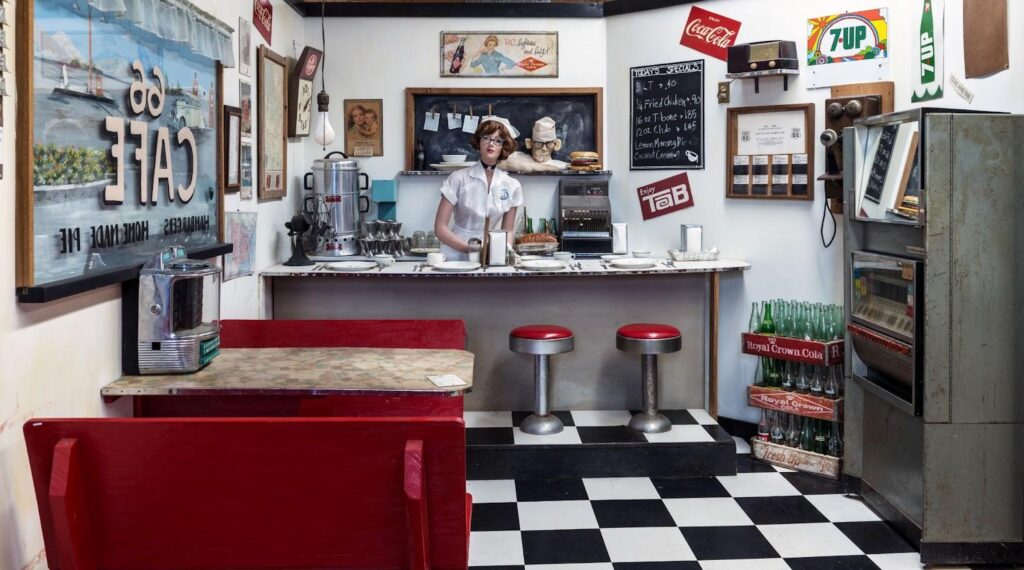
 Admission to the museum is free and donations are always welcome. The staff is made up of local volunteers who are happy to guide you through the exhibits and talk about the history and many uses of barbed wire.
Admission to the museum is free and donations are always welcome. The staff is made up of local volunteers who are happy to guide you through the exhibits and talk about the history and many uses of barbed wire.
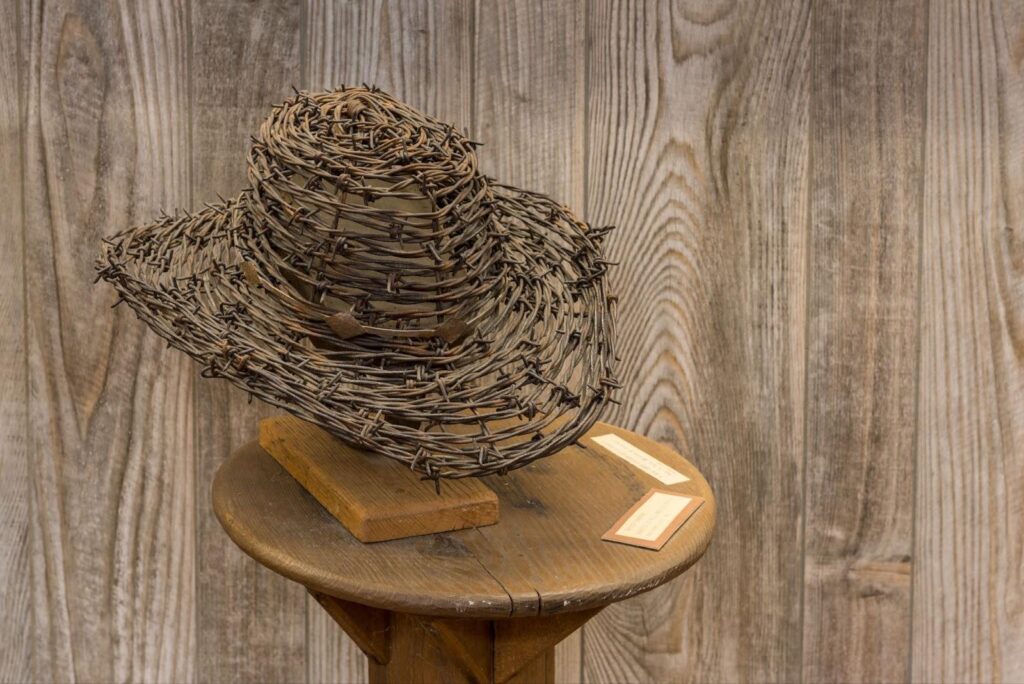
We live in a world that is shaped by borders and boundaries. Literal dividers that not only physically separate but split opinion. National borders keep people from illegally entering or invading countries, but they also keep populations in. In some cases that keeps citizens safe, and in other cases it traps them in their own region. The American West, the American Frontier, was once an open territory. It was also open in peoples’ minds as a place of adventure, opportunity, and new beginnings. We associate the West, and 66, with this mentality although the privatization of land over years has fenced in the expansiveness of this dream.
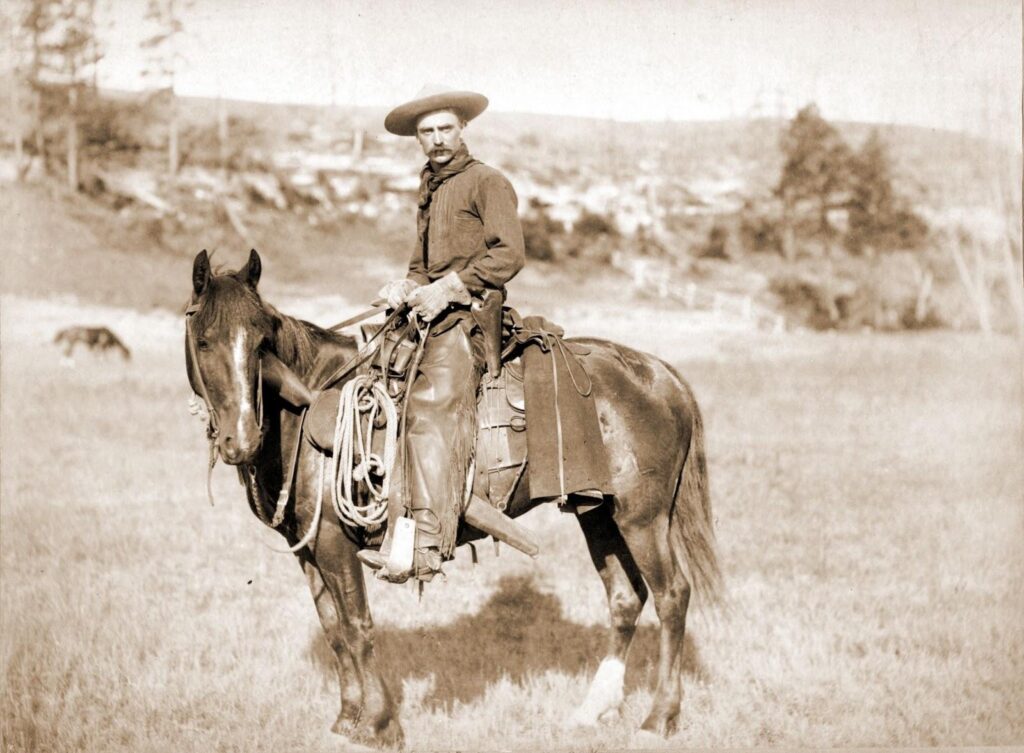
While barbed wire has been undeniably critical to the success of livestock owners in the American West, it has also closed off something inherently important to Americans and our concept of freedom. Learn more by visiting the Devil’s Rope Museum next time you’re traversing the Mother Road.
